Common Name(s): Snakewood, letterwood, amourette
Scientific Name: Brosimum guianense
Distribution: Coastal regions of northeast South America
Tree Size: 65–80 ft (20–25 m) tall,
6–12 in (15–30 cm) trunk diameter
Average Dried Weight:AVERAGE DRIED WEIGHT
Density is the measurement of a wood’s weight per unit volume. Here, "dried weight" specifically refers to wood at 12% moisture content, and values are given in pounds per cubic foot and kilograms per cubic meter. Also keep in mind that density commonly varies by +/- 10% from the average.
Click on the link "Average Dried Weight" for more details. 75.7 lbs/ft3 (1,210 kg/m3) Extremely High WEIGHT TIERS
Extremely Low: 0+ kg/m3
Very Low: 420+ kg/m3
Low: 520+ kg/m3
Medium-Low: 620+ kg/m3
Medium: 730+ kg/m3
Medium-High: 840+ kg/m3
High: 960+ kg/m3
Very High: 1,080+ kg/m3
Extremely High: 1,200+ kg/m3
Tiers are based on CSIRO provisional strength groupings (SD1-SD8) based on density.
Janka Hardness:JANKA HARDNESS
This test measures a wood’s resistance to indentation, and is the pounds of force (or Newtons) required to embed a .444" (11.28 mm) diameter steel ball halfway into the wood. Values are for side grain, measured at 12% MC.
Click on the link "Janka Hardness" for more details. 3,800 lbf (16,900 N) Very High JANKA HARDNESS TIERS
Extremely Low: 0+ N
Very Low: 2,050+ N
Low: 3,150+ N
Medium-Low: 4,480+ N
Medium: 6,280+ N
Medium-High: 8,380+ N
High: 11,080+ N
Very High: 14,000+ N
Extremely High: 17,450+ N
Tiers are derived from CSIRO provisional strength classifications (SD1-SD8) in conjunction with the USDA's estimated hardness based on density.
Modulus of Rupture:MODULUS OF RUPTURE
Sometimes called bending strength, this test measures a wood’s strength before breaking (i.e., rupturing). Values are given in pounds of force per square inch and megapascals, measured at 12% MC.
Click on the link "Modulus of Rupture" for more details. 28,270 lbf/in2 (195 MPa) Extremely High MOR TIERS
Extremely Low: 0+ MPa
Very Low: 45+ MPa
Low: 55+ MPa
Medium-Low: 65+ MPa
Medium: 78+ MPa
Medium-High: 94+ MPa
High: 110+ MPa
Very High: 130+ MPa
Extremely High: 150+ MPa
Tiers are based on CSIRO strength classifications (SD1-SD8).
Elastic Modulus:MODULUS OF ELASTICITY
This test measures the wood’s level of deformation when under a given load. Higher values indicate less deformation (i.e., stiffer). Values are given in pounds of force per square inch and gigapascals, measured at 12% MC.
Click on the link "Elastic Modulus" for more details. 3,364,000 lbf/in2 (23.2 GPa) Extremely High MOE TIERS
Extremely Low: 0+ GPa
Very Low: 7.9+ GPa
Low: 9.1+ GPa
Medium-Low: 10.5+ GPa
Medium: 12.5+ GPa
Medium-High: 14.0+ GPa
High: 16.0+ GPa
Very High: 18.5+ GPa
Extremely High: 21.5+ GPa
Tiers are based on CSIRO strength classifications (SD1-SD8).
Crushing Strength:CRUSHING STRENGTH
Also called compression strength, this test measures the maximum stress sustained before failure. Force is applied parallel to the grain (producing stress akin to chair legs). Values are given in pounds of force per square inch and megapascals, measured at 12% MC.
Click on the link "Crushing Strength" for more details. 17,260 lbf/in2 (119 MPa) Extremely High CRUSHING STRENGTH TIERS
Extremely Low: 0+ MPa
Very Low: 30+ MPa
Low: 36+ MPa
Medium-Low: 41+ MPa
Medium: 47+ MPa
Medium-High: 54+ MPa
High: 61+ MPa
Very High: 70+ MPa
Extremely High: 80+ MPa
Tiers are based on CSIRO strength classifications (SD1-SD8).
Shrinkage:SHRINKAGE
These values represent the percentage change in radial and tangential faces of the wood—as well as the total (volumetric) shrinkage—as the moisture content goes from green (maximum) down to oven-dry (minimum), approximating the wood's stability with changes in humidity. T/R ratio helps to estimate the uniformity of the shrinkage across different wood faces.
Click on the link "Shrinkage" for more details. Radial: 4.7%, Tangential: 6.0% Medium SHRINKAGE TIERS
Very Low: 0%+
Low: 3.6%+
Medium: 5.1%+
High: 6.6%+
Very High: 8.1%+
Tiers are based on tangential shrinkage (green to oven-dry) from CSIRO shrinkage classifications (1-5).
Volumetric: 10.7%, T/R Ratio: 1.3
Color/Appearance: Snakewood is so called for its characteristic snakeskin patterns. Wood is typically a reddish brown, with contrasting darker brown or black patches. Color tends to darken and homogenize with age and exposure; see the article on Preventing Color Changes in Exotic Woods for more information.
Grain/Texture: Grain is straight, with a fine even texture. High natural luster.
Rot Resistance: Snakewood is reported to be very durable and also resistant to insect attack, though it’s seldom used in exterior applications where durability would be an issue.
Workability: Being closely related to bloodwood, snakewood shares many of the same working properties; namely, the wood is extremely dense, and has a pronounced blunting effect on cutters. Snakewood also tends to be quite brittle and can splinter easily while being worked. Despite the difficulties of working it, snakewood turns well and finishes to a high polish.
Odor: Has a mild scent when being worked that is similar to bloodwood.
Allergies/Toxicity: Although severe reactions are quite uncommon, snakewood has been reported as a skin and respiratory irritant. See the articles Wood Allergies and Toxicity and Wood Dust Safety for more information.
Pricing/Availability: As a rare and small tree, prices for surfaced and milled snakewood that display the characteristic snakeskin pattern are perhaps the most expensive of any exotic lumber worldwide in terms of per boardfoot cost. Less figured sections of the wood are usually sold for much lower prices (under the name amourette). Snakewood is also commonly sold in full and half log forms, which typically include significant pith checking and areas of both figured and non-figured wood, which can result in high wastage.
Sustainability: This wood species is not listed in the CITES Appendices, and is reported by the IUCN as being a species of least concern.
Common Uses: Inlay, veneer, violin bows, tool handles, and other small turned or specialty objects.
Comments: One look at a highly figured piece of Brosimum guianense and it’s easy to see why it’s called snakewood: the dramatic specks and splotches bear a close resemblance to the skin of a snake. Such figuring can be so pronounced that it has been compared to the writing of hieroglyphics, and is sometimes called letterwood.
In addition to its colorful figure, snakewood is also among the densest and hardest of all wood species worldwide. Among woodworkers, it vies with lignum vitae as the heaviest commercial wood in the world.
Images: Drag the slider up/down to toggle between raw and finished wood.
A special thanks to Salem Barker for providing the sculpture photo of this wood species.
Identification: See the article on Hardwood Anatomy for definitions of end grain features.
Porosity:POROSITY
Specifies the overall pore structure (ring-porous, semi-ring-porous, or diffuse porous), and notes if annual growth rings may still be seen even for diffuse porous hardwoods.
Click on the link “Porosity” for more details. diffuse porous; growth rings generally not discernible
Arrangement:ARRANGEMENT
Describes the more individual pore arrangements found throughout the end grain surface, such as solitary, multiples, chains, clusters, etc.
Click on the link “Arrangement” for more details. solitary and radial multiples
Vessels:VESSELS
Describes the relative size and frequency of the pores (vessels), as well as any contents found in the pores, such as tyloses, colored mineral deposits, etc.
Click on the link “Vessels” for more details. medium to large, few; tyloses and yellowish brown deposits common
Rays:RAYS
Describes the relative width and frequency of the rays (appearing as thin vertical lines on the endgrain), as well as a note on if these rays are visible with/without magnification.
Click on the link “Rays” for more details. narrow width, normal spacing; rays may be just barely visible without magnification
Lookalikes/Substitutes: Figured snakewood is rarely confused with other woods as its figure is so unique. Pieces lacking figure, or composed of sapwood could be confused for other very dense hardwoods.
Notes: None.
(Species)
(Authority)
Related Content:

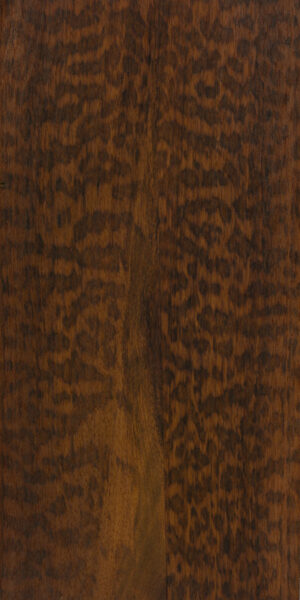
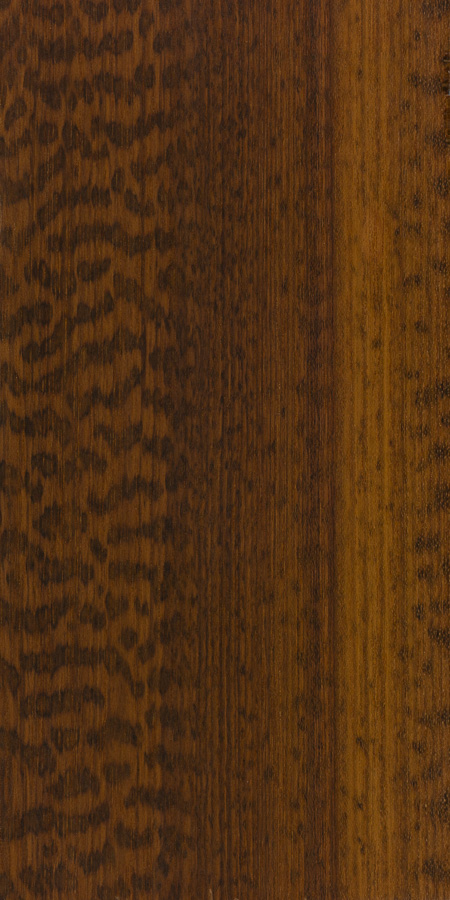
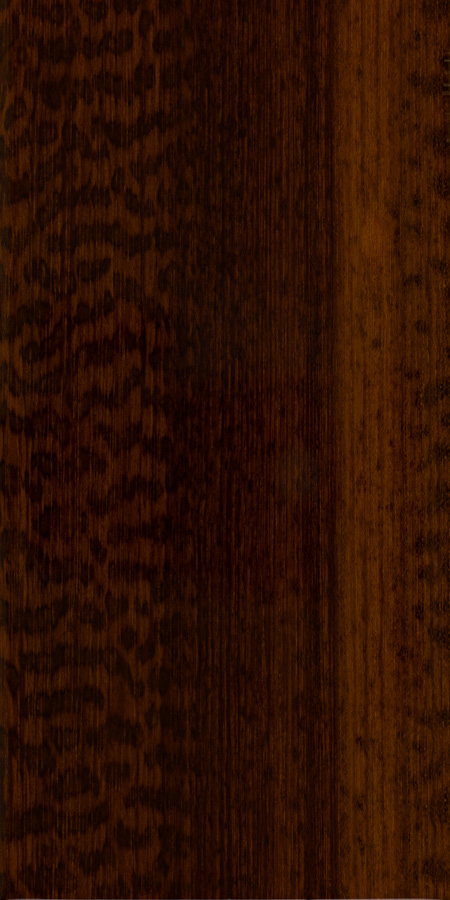
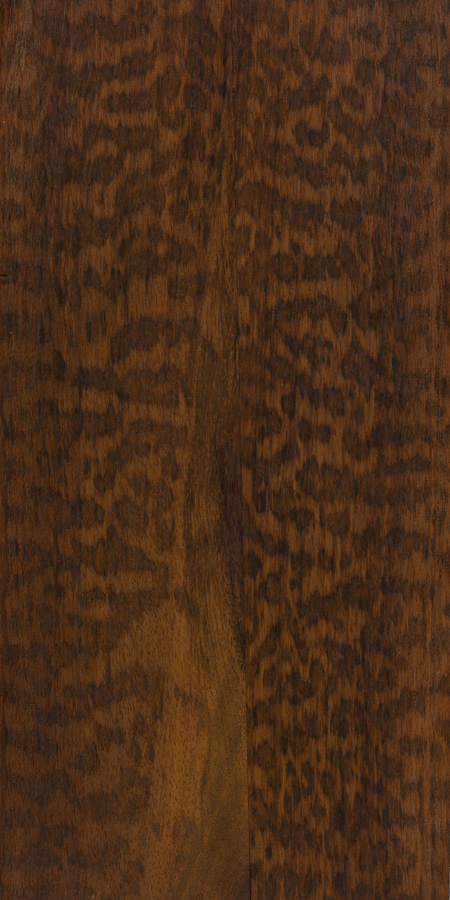
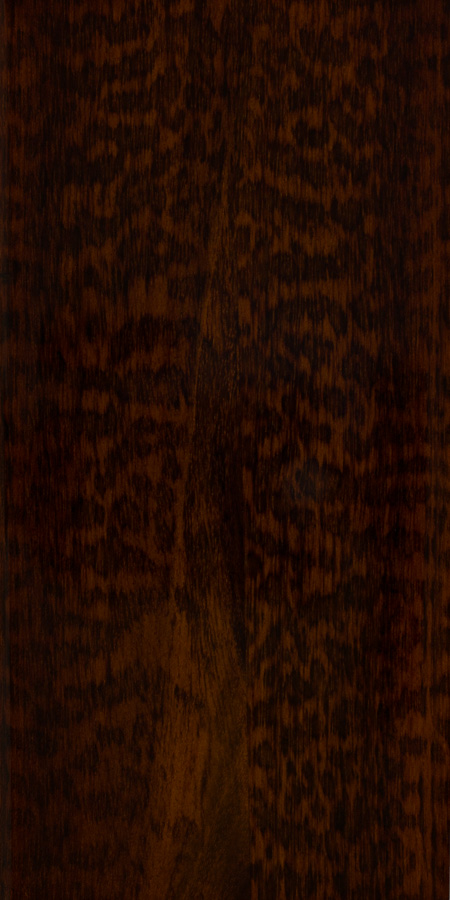

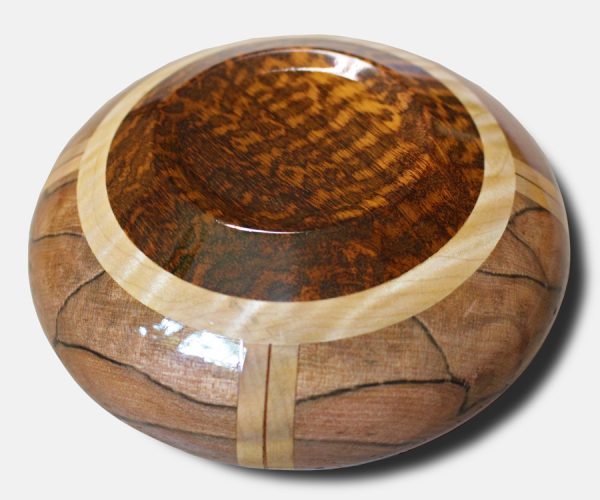
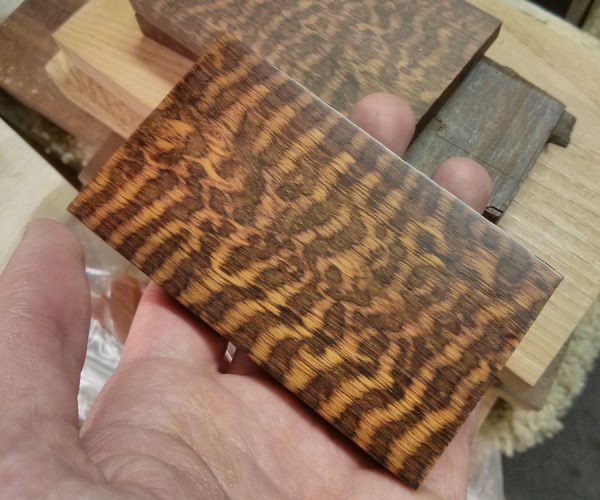
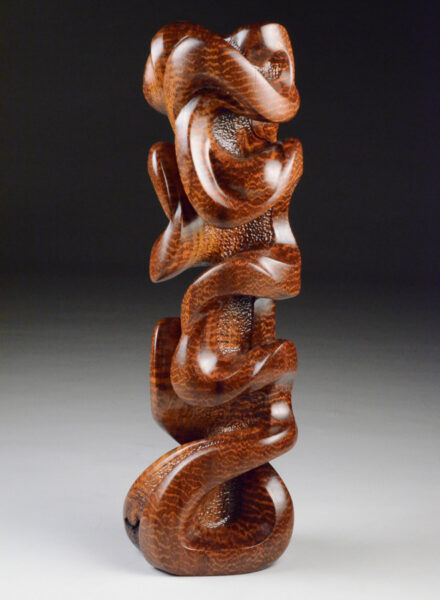
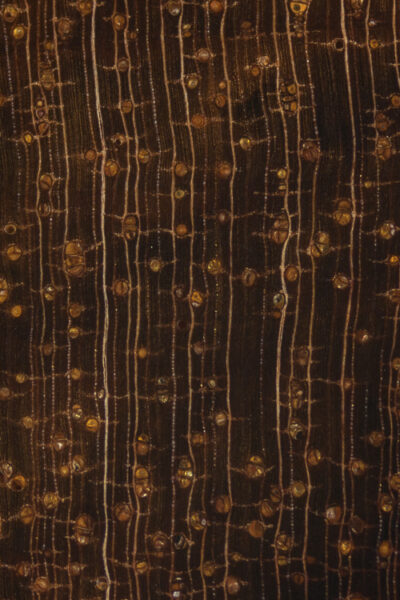

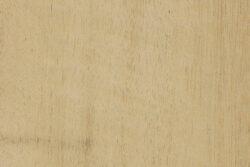
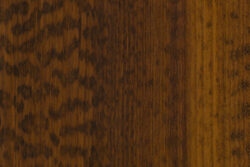
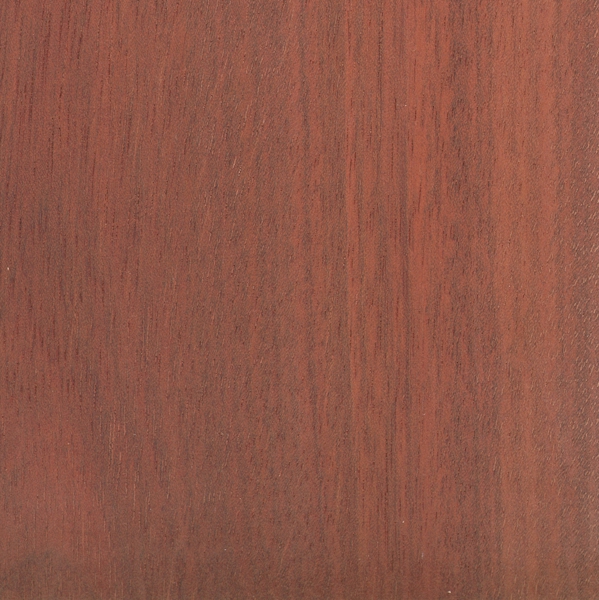
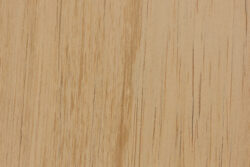
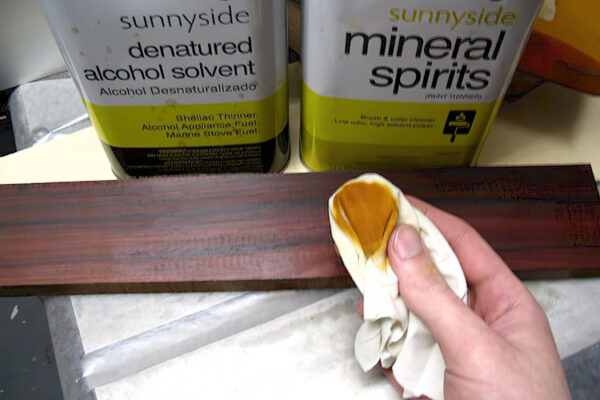
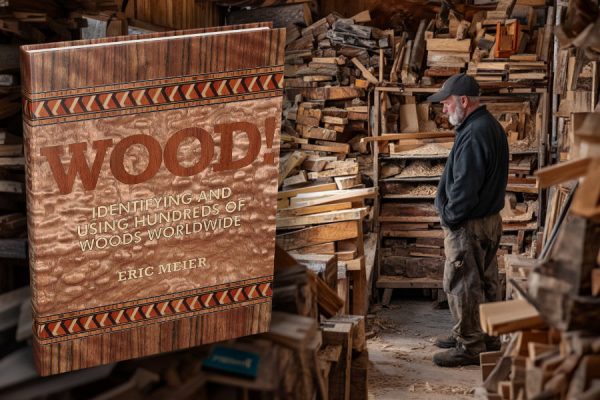
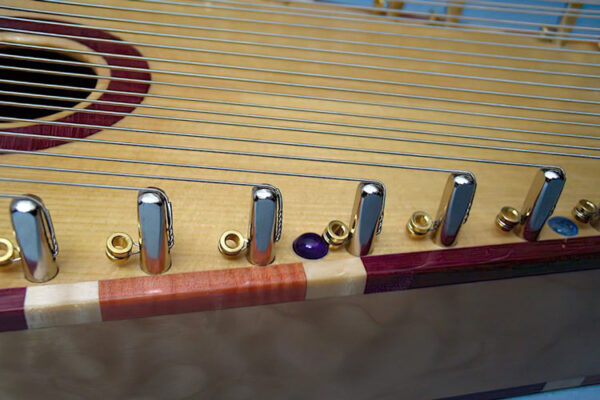
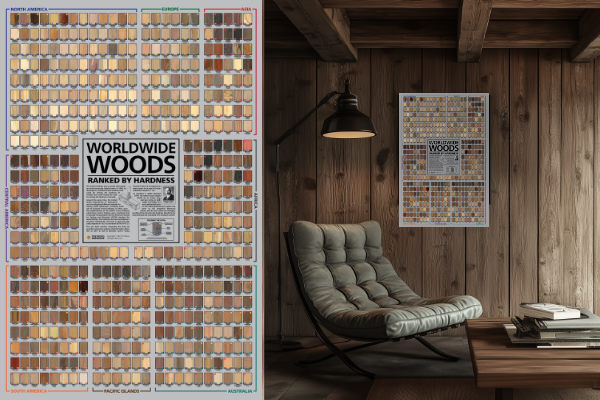
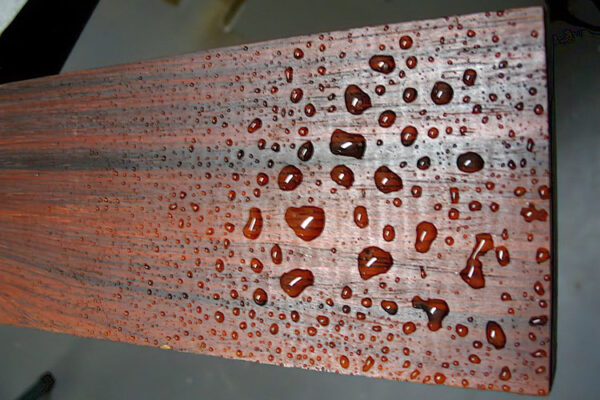
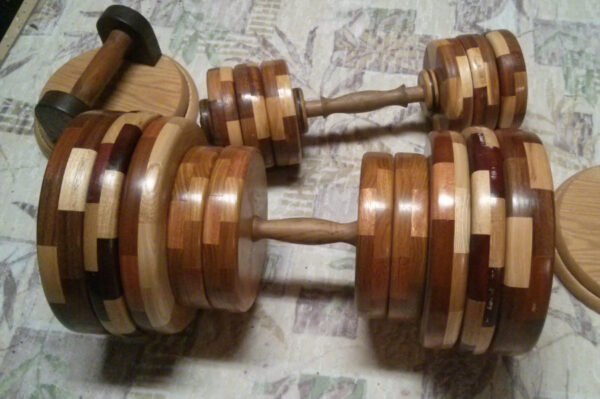
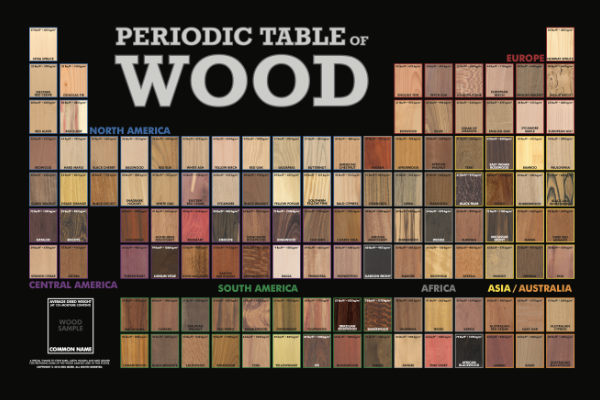
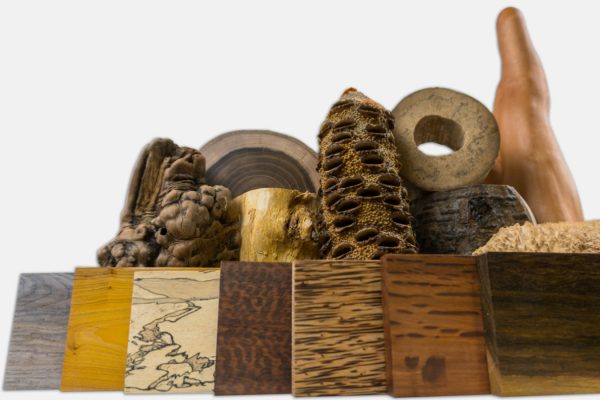
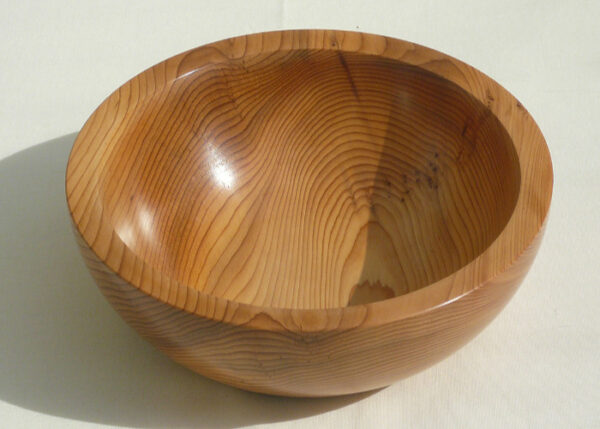
The top of a walking stick, less the handle, from possibly the New York pre-industrial era. It could be turned snakewood based on examination of some unfinished surface under the handle. Someone thought it’d be a good idea to stain the stick so dark that you can’t see the grain! Some fleck is showing on the unfinished peg. Under magnification (using blue filtered light), you can see allot of confusion, but there was one area I circled that looks like snakewood end grain. Maybe the majority of pic is a quarter-sawn angle? I could send other pics if desired. Jim
what about Australian Snakewood? Acacia xiphophylla
I am using snakewood since over 10 years in building classical guitars, mainly for fretboards and some linings. Also knive handles, food chopsticks. My next use will be a walking cane. It is almost impossible to bent, but i managed to do it on 1 of my guitars. Never try that again. Glues well with 2 comp epoxy.
Sorry, I meant bindings not linings.
Would this make a good 2 handed axe handle?
What is important for that particular case is straight grains or grains that runs parallel to the axe blade (for maximum strength)
I think you will find it very hard to source a long enough piece of snakewood for an axe handle (Also, it would cost many hundreds of dollars even if you could find someone selling such a large piece of snakewood.) If you want a visually interesting axe handle, try going with exotic hardwoods such as purpleheart or figured bloodwood
a turned pen
Would it be completely unreasonable to try to acquire and use this for some revolver grips?
I’ve seen snakewood being marketed for knife handle material, so I don’t think it’d be unreasonable to carry that over to a revolver.
Much obliged!
…Now I just need to fine someone to make it!
Would snakewood make a good walking cane?
If you got over 500 dollars, just looked at the pricing and a 2″x2″x12″ was around $170. Plus with it being so hard I would think its fragile for such a use. It would probably be better for smaller things like knife grips, but IDK.
Hello Carolyn, Aren’t you the smart one! I just purchased an antique snake wood walking stick made by Brigg and sons in the 19th century. Gold cap and beautiful feel!
according to Constantines “Know Your Woods”, the “aristocrat of all canes” were made of snakewood….
It makes beautiful pool cues. Very very nice and pricey
can this snakewood be used for flooring?
Only if you have a lot of money.
Oy, that would be wildly expensive. I just bought a 7/16″x5-1/4″x24″ piece that was about $200 CAD. It will make my money back many times as knife handles, but I couldn’t imagine how much it would cost to floor a room.
Love that beautiful wood and asked already my luthier Steve Wishnevsky to make me another bass like shown on the pic. Highly numbered (1500-2000) sanded and oiled with trueoil it becomes a sensational eye-catcher. …but ´cause of its density and hardness it ain‘t easy to work (drill, mill, etc.) – but the result is worth it. Enjoy!
Wow that’s like a harry potter wand awsome xx well done it’s great just like slytherins wand so kool x
Salazar Slytherin’s wand was made from snakewood w/a basilisk horn core.
I turned a magic wand made of Snakewood. I found it wonderful to work with. Though it turns more like a really dense plastic, and less like wood.
Hi are you located in Melbourne Victoria tira
How does snake wood fair as a axe handle and how it’s rot resistance fair against other very durable woods like black iron wood
This species (from South America) is far too expensive, and far to brittle, to use for such a mundane purpose. It has become widely used for for violin bows, because Pernambuco (“Brazilwood” heart) is now highly restricted (It’s been on the red list for many years.) Pernambuco has superior properties for sound; it weighs less; and it’s also more bendable – a warped Snakewood bow is far more likely to crack if it needs to be restored to “proper shape” at a later time. But snakewood is pretty much the next best natural wood for that purpose. (As far as… Read more »
Hi Rick, Some of the things you say are correct and others not completely: Since 1988 I make bows for the baroque violin family and can say that, up to the big era of the French modern bow makers (Tourte), snakewood was the preferred wood. Because of it’s superior sound properties! Only after 1800, when the bows got longer, lighter wood (Pernambuco) became the preferred wood for bows. B.T.W. only a very small percentage (something like 1% !) of Pernambuco is considered for making high quality “modern” bows. Pernambuco warps more often than snakewood. Snakewood is much more stable and… Read more »
We made these Snakewood magna grips recently for a special customer. Love the tighter figure in this piece that was harvested at least 20 years ago. The wood is difficult to work but well worth their beauty.
what instrument is that and where do i buy one.
That’s a bowed psaltery. I used to build them out of exotic woods, but no longer sell them. Do a google search and you should find other luthiers that sell them.